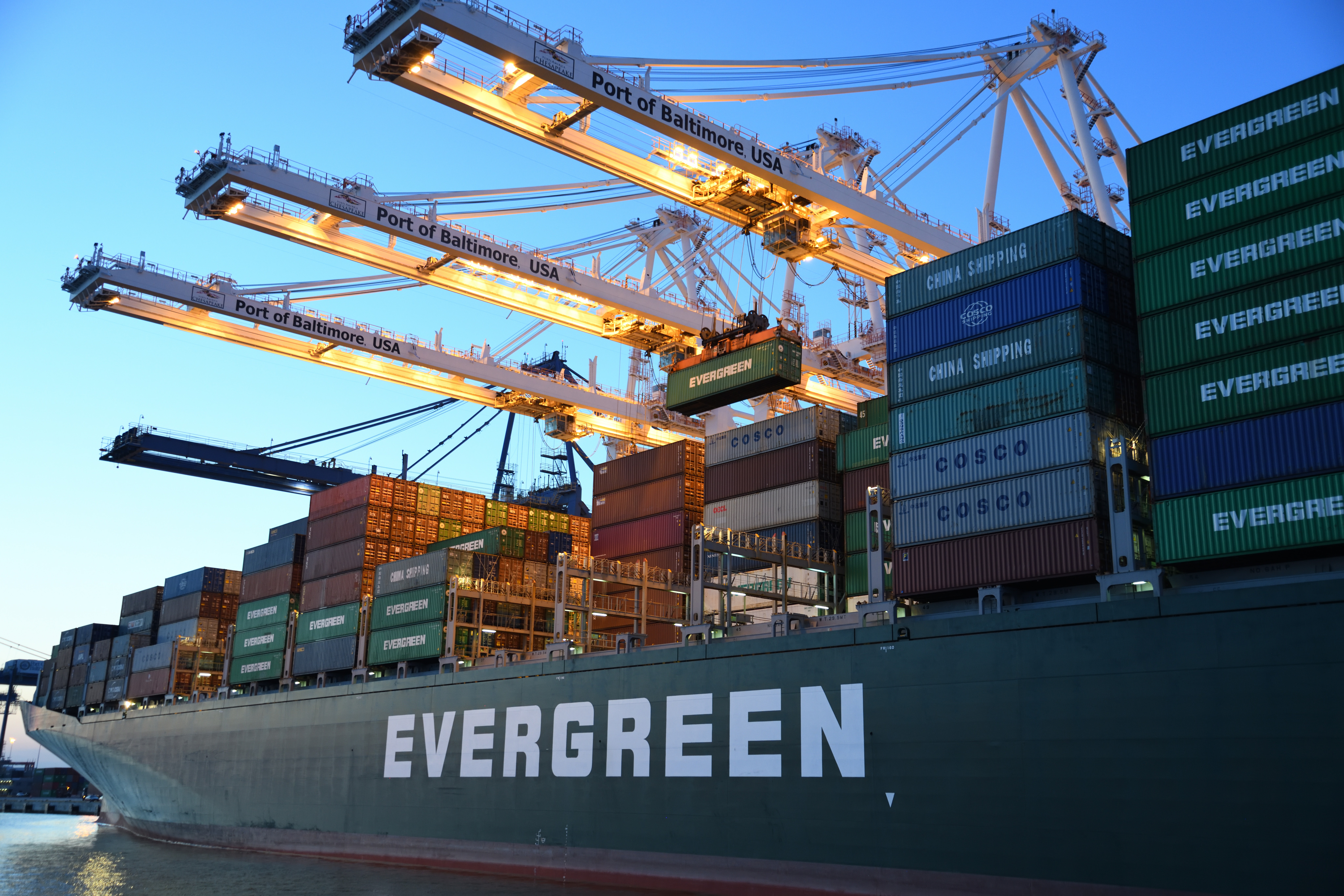3/29/2021
On Tuesday, March 23, the container ship Ever Given ran aground in the Suez Canal, a passage that handles about 30% of the world’s shipping traffic. Due to a combination of 40 knot winds from the Egyptian desert, a sandstorm, and a blackout on the ship, the 224,000 ton ship became stuck, wedged diagonally across the canal and blocking all other traffic.
As of the time of writing, the ship has not been dislodged and the canal remains unusable. Other ships began by waiting at the mouth of the canal for the Ever Given to be refloated and towed out of the canal, but as the days passed with little to no progress, those same ships have begun to take the alternate route around the Cape of Good Hope in South Africa, the only other way to make the trip from the Indian Ocean to the Atlantic. Unfortunately, the route will add at least a week to the ships’ trips on top of the time lost waiting at the mouth of the canal.
The global supply chain has been disrupted on a large scale, with delays in shipping times as well as a spike in gas prices. While the blockage has brought up concerns about the construction of the canal (as ships get larger, perhaps canals need to be widened? Is it not negligence to allow ships that are longer than the canal is wide to use the route given the importance of keeping it open?), it also raises larger questions about the way we approach manufacturing and globalization. This New York Times article questions our “excessive reliance on just-in-time manufacturing” that also caused the catastrophic worldwide shortage of medical protective equipment at the beginning of the COVID-19 pandemic.
Is there not a problem if one ship running aground can result in worldwide issues? Why don’t we have stockpiles of essential equipment and supplies? Is it the responsibility of engineers to insist on updating infrastructure in an ever-evolving world so that failures due to outdated structures like this don’t occur?

